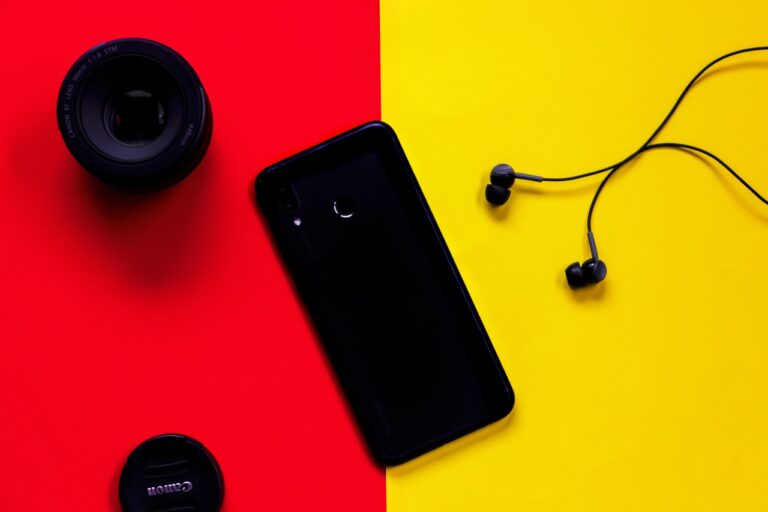Exploration shows that bad audio is the most basic factor in people stopping watching videos. Bad audio means no viewers. Is there anyone thing inadequate than recording bad audio? Vacate for microphone tips guaranteed to dramatically improve your sound.
As video creators, we want viewers! So how can you improve the quality of your audio recording to get perfect audio for your videos?
Respectively starter, it can be overwhelming stepping into the world of video. When you add audio into the mix, it becomes even tough to know what levers to pull to get the outcome you want.
Mic positioning, why does it matter? Surely if there’s a microphone somewhere nearby, that’ll be okay. After all, I can hear the dialogue just fine! But, with sound, is just fine sufficient enough? Here are some tips and more advanced insights about how to achieve that perfect audio for your videos and keep your viewers watching for longer.
1. Don’t Rely on the Cameras Built-In Microphone
Maximum cameras have an in-built microphone, and the sound feature is questionable at best. They sound tinny and low-quality, and you can hear more from behind the camera than afore it!
They can be helpful as a backup in case of technical trouble or as a last option for capturing ambient sounds. But for dialogue and high-quality audio, they don’t cut it.
The first step you can take is to get an external microphone mounted on top of the camera, often known as a top-mic. There are plenty of options depending on your budget from many different manufacturers, including RØDE, Sennheiser, and AKG, to name just a few.
Microphones with a cardioid polar pattern pickup sound from a broader area in front and a little bit to the side of the microphone. While omnidirectional microphones pick up sound from all around the mic.
2. Move the Microphone Closer to the Source
While a top-mic is an amelioration over the interior microphone on your camera, there’s more we can do to improve the sound quality at a minimum cost. While the recording will be better than if you were using the internal microphone, the sound may still sound distant, have background noise, and generally sound a bit odd. You’re not matching the epic quality of your shot.
* Mount the mic on a boom pole: By placing your mic on the boom pole, you’re able to get the mic much closer to the subject while
still staying out of frame. You can then cable the microphone into the camera’s audio input using whichever cable your mic needs.
* Mount the mic on a stand: Swinging a boom pole may not be feasible if you’re operating alone. In this case, mounting the
microphone on a stand is an excellent second option and one I often use if recording a long sit-down interview. Providing the
subject is static for the interview or dialogue, a stand will work, and you should be able to keep it out of shot. You could either use a
traditional mic stand or use a C-stand. Of, pick up a device called a Boom Buddy, and use your boom pole on a fixed stand. This
will allow you to get the mic closer and dramatically improve the sound quality.
3. Mic Positioning
It may seem clear, but it’s every time worth thinking about exactly where you’ll position and point the microphone. You can have the microphone set under or above the subject both are often used depending on the shot and lighting. Regarding where to point the microphone, when I’m booming I aim to have the microphone pointing between the mouth and jaw, with the microphone at an angle and not vertical.
I often find that with a vertical microphone pointed directly at the mouth, you can quickly run the risk of “losing” the subject if they turn their head or move slightly. You give yourself a bit of a safety net by pointing the mic just under the mouth and at an angle if the subject starts to move.
4. . Choose the Correct Microphone for the Job
You should purchase a shotgun microphone as described above. They have the most flexibility as your only mic and will serve you well in your filming career. There’s a loose “rule” that shotgun microphones aren’t optimal indoors due to the way they reject sound. But, this is dependent on the location and its characteristics.

CEO,
Beatoven.ai

